Implementing effective mosquito and tick control involves eliminating their breeding habitats in your yard. This includes regularly emptying water containers, maintaining drainage, trimming vegetation, and creating open spaces. Natural repellents like citronella and lavender offer eco-friendly alternatives, but for robust control, professional pest control services may be needed. Chemical treatments like permethrin insecticides are effective when used correctly, combined with standing water source elimination and mosquito traps. Comprehensive strategies include landscape design, physical barriers, regular yard maintenance, tick repellents, and inspections. Seasonal adaptations, community engagement, and Integrated Pest Management (IPM) programs further enhance mosquito and tick control efforts, ensuring safer outdoor experiences.
“Keep your yard and outdoor spaces mosquito-free with our comprehensive guide to effective prevention and management strategies. From understanding the habitats of mosquitoes and ticks to identifying breeding grounds, we offer natural and chemical solutions for controlling these pesky pests. Learn about landscape design tips, seasonal strategies, and community efforts in mosquito and tick control to create a safe, enjoyable outdoor environment.”
Understanding Mosquito and Tick Habitat
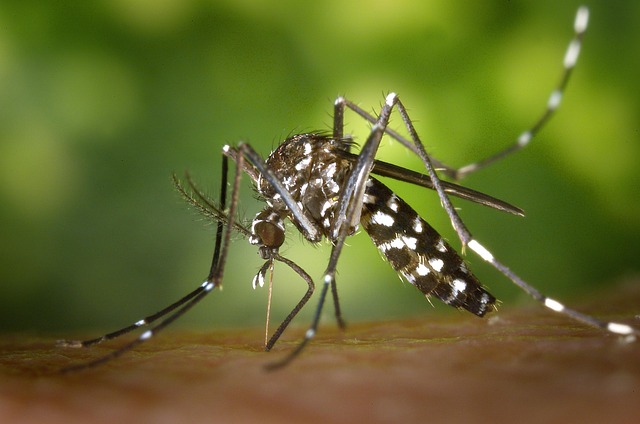
Mosquitoes and ticks thrive in specific habitats, making understanding their preferences crucial for effective mosquito and tick control. These insects are most active during warm weather and breed in standing water. They seek out damp, shady areas with thick vegetation, where they can find shelter and lay their eggs. Yards with poorly drained areas, such as clogged gutters or stagnant pools of water, provide ideal breeding grounds. Additionally, dense foliage, tall grass, and unkempt gardens create the perfect hiding spots for these pests.
To minimize mosquito and tick populations in your yard, it’s essential to eliminate potential habitats. Regularly empty containers that hold water, maintain proper drainage, and trim back overgrown vegetation. Creating open, well-lit spaces reduces their hiding places and disrupts their breeding cycles. By understanding where mosquitoes and ticks flourish, you can take proactive steps toward a more comfortable outdoor environment.
Identifying Common Mosquito Breeding Grounds
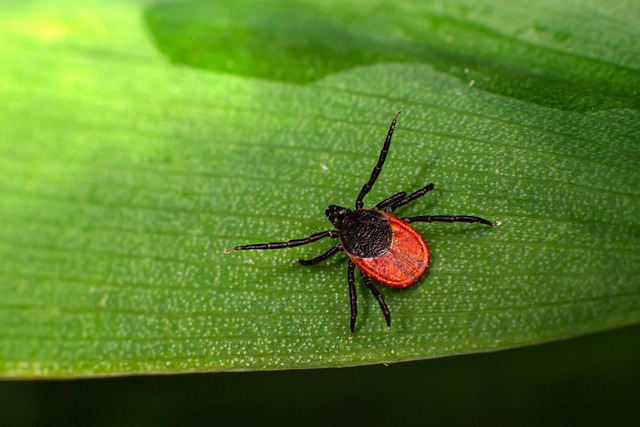
Mosquitoes thrive in standing water, so one of the first steps in mosquito prevention is identifying and eliminating potential breeding grounds around your yard. Common areas where mosquitoes lay their eggs include birdbaths, buckets, discarded tires, clogged gutters, and even small pools of water left by sprinklers. Regularly emptying and cleaning these items can significantly reduce mosquito populations. Additionally, maintaining a well-mown lawn and trimming back dense foliage helps disrupt the life cycle of both mosquitoes and ticks, which often share these habitats.
Inspecting your yard for any bodies of stagnant water is crucial for effective mosquito and tick control. By addressing these breeding sites proactively, you can create an environment less welcoming to these pests, leading to a more comfortable outdoor space.
Natural Repellents and Their Effectiveness
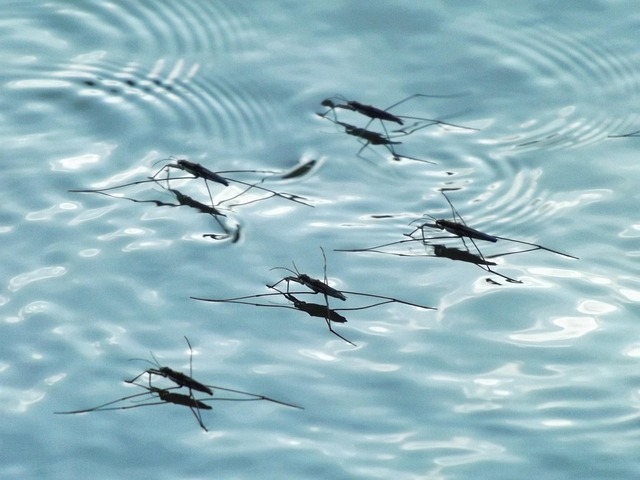
Natural repellents have gained popularity as an eco-friendly approach to mosquito and tick control. These substances, often derived from plants, offer a safer alternative to chemical pesticides. Citronella, for instance, is well-known for its ability to repel mosquitoes when used in candles or diffusers. The compound linalool, found in lavender, has also shown promise in repelling these insects. Additionally, certain essential oils like lemon eucalyptus and peppermint oil are effective natural mosquito deterrents.
While these natural methods can be useful, their effectiveness may vary based on factors like concentration, application, and environmental conditions. Some people find that combining multiple natural repellents increases their protection against mosquito bites. However, for more robust and consistent control, especially in areas with high mosquito activity, considering professional pest control services specializing in mosquito management might be the best course of action.
Chemical Control Options for Mosquitoes

Chemical control options play a significant role in mosquito and tick control for yards. Common chemical treatments include insecticides, which can be applied directly to standing water or sprayed onto plants and surfaces where mosquitoes breed and rest. These products often contain synthetic compounds like permethrin or pyrethroids, known for their effectiveness against various insects.
When considering chemical control, it’s crucial to follow label instructions strictly and opt for products registered with regulatory bodies for safety and efficacy. Additionally, these methods may be combined with other strategies like eliminating standing water sources and using mosquito traps to create a multi-pronged approach to managing mosquito populations effectively.
Tick Prevention Measures for Your Yard
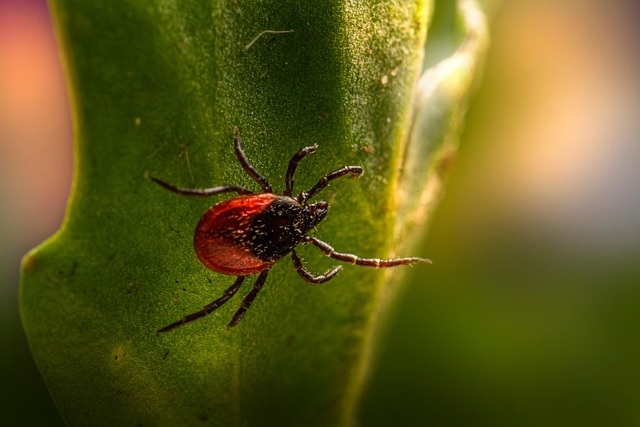
Keep your yard not just mosquito-free but also tick-free by implementing comprehensive mosquito and tick control measures. Start with regular cleaning, removing standing water where mosquitoes breed, and trimming vegetation to reduce hiding spots for both insects. Install physical barriers like screened porches or netting to create outdoor living spaces that are safe from these pests.
Consider using repellents, traps, and natural deterrents such as citronella plants or bat houses to further enhance protection. For tick control, focus on maintaining a well-mowed lawn, removing leaf litter, and applying tick repellents designed for outdoor use. Regular inspections of your yard and pets for ticks, along with prompt removal, can significantly reduce the risk of transmission of diseases like Lyme.
Creating a Mosquito-Free Zone: Landscape Design Tips

Creating a mosquito-free zone in your yard involves strategic landscape design that discourages these pests from breeding and congregating. Start by eliminating standing water, as mosquitoes breed in stagnant water sources like buckets, birdbaths, and clogged gutters. Regularly empty containers and ensure proper drainage to disrupt their life cycle. Planting certain herbs and flowers can also act as natural mosquito repellents; citronella, lavender, marigolds, and lemongrass are known for their ability to ward off these insects.
Furthermore, consider creating physical barriers by adding patios, decks, or pergolas with screens to provide outdoor living spaces that are protected from mosquitoes. Shrubs and trees can be strategically placed to create windbreaks, which help reduce the impact of mosquito-carrying air currents. Regularly trimming foliage and maintaining a neat garden will make your yard less inviting for these pests while enhancing overall aesthetics, contributing to effective mosquito and tick control.
Best Practices for Maintaining a Safe Outdoor Space
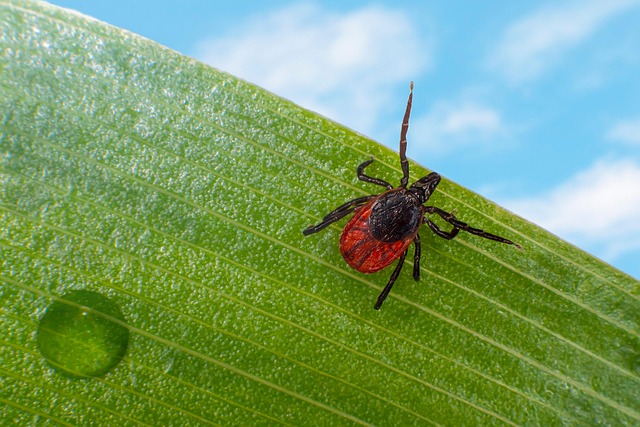
Creating a safe and enjoyable outdoor space is achievable with proper mosquito and tick control practices. Regular yard maintenance plays a crucial role in prevention. Start by eliminating standing water, as it’s a breeding ground for mosquitoes. Empty flowerpots, buckets, and any containers that collect water, and consider installing mosquito traps or using natural repellents like citronella plants. Keep your lawn mowed and hedges trimmed to reduce habitats where these pests can rest and breed.
Additionally, encourage wildlife-friendly practices by removing brush piles and ensuring proper waste disposal. Regular cleaning of outdoor seating areas and patios will help deter insects from congregating. Planting aromatic herbs like lavender or rosemary around your property can also act as natural mosquito repellents. These practices collectively contribute to a peaceful, bug-free outdoor environment, allowing you and your family to fully enjoy your yard.
Seasonal Strategies for Mosquito Management

In the ever-changing seasons, mosquitoes and ticks require dynamic strategies for effective control. During the warmer months, mosquito populations thrive, necessitating proactive measures such as eliminating standing water, where they breed, and using outdoor repellents or mosquito nets. Regular yard maintenance becomes a powerful tool; trimming vegetation, cleaning gutters, and fixing leaks all reduce habitats that attract these pests.
As seasons transition, so do the strategies. In cooler weather, mosquitoes become less active but ticks emerge as a greater concern. Preventative measures shift to focusing on tick and mosquito control with treatments tailored for different environments. This seasonal approach ensures a comprehensive yard management strategy that keeps both mosquitoes and ticks at bay, promoting outdoor enjoyment throughout the year.
Community Efforts in Mosquito and Tick Control
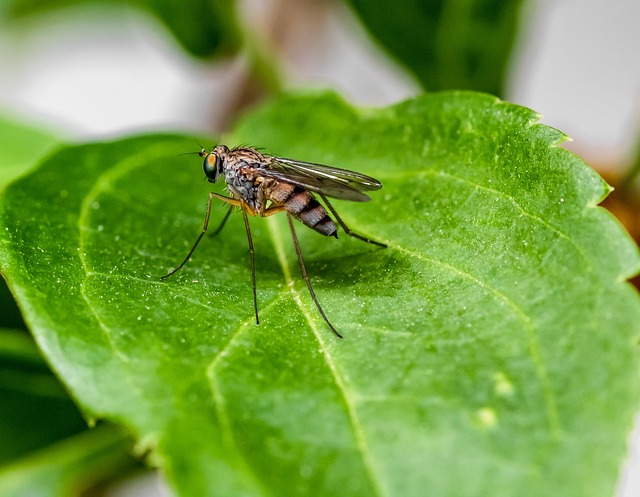
Community efforts play a pivotal role in effective mosquito and tick control strategies. Local governments, in collaboration with health departments, often implement integrated pest management (IPM) programs to monitor and reduce mosquito populations. These initiatives may include regular inspections of standing water, where mosquitoes breed, along with targeted treatments using environmentally friendly pesticides or biological controls. Community engagement is essential; residents can contribute by removing breeding sites from their properties and reporting suspected mosquito habitats.
Additionally, community-wide education campaigns raise awareness about the importance of personal protection measures against mosquito bites, such as using insect repellents, wearing long sleeves, and ensuring screens are in good repair. By fostering a collective effort, these strategies help to significantly reduce the risk of mosquito-borne diseases and create a safer environment for residents.
